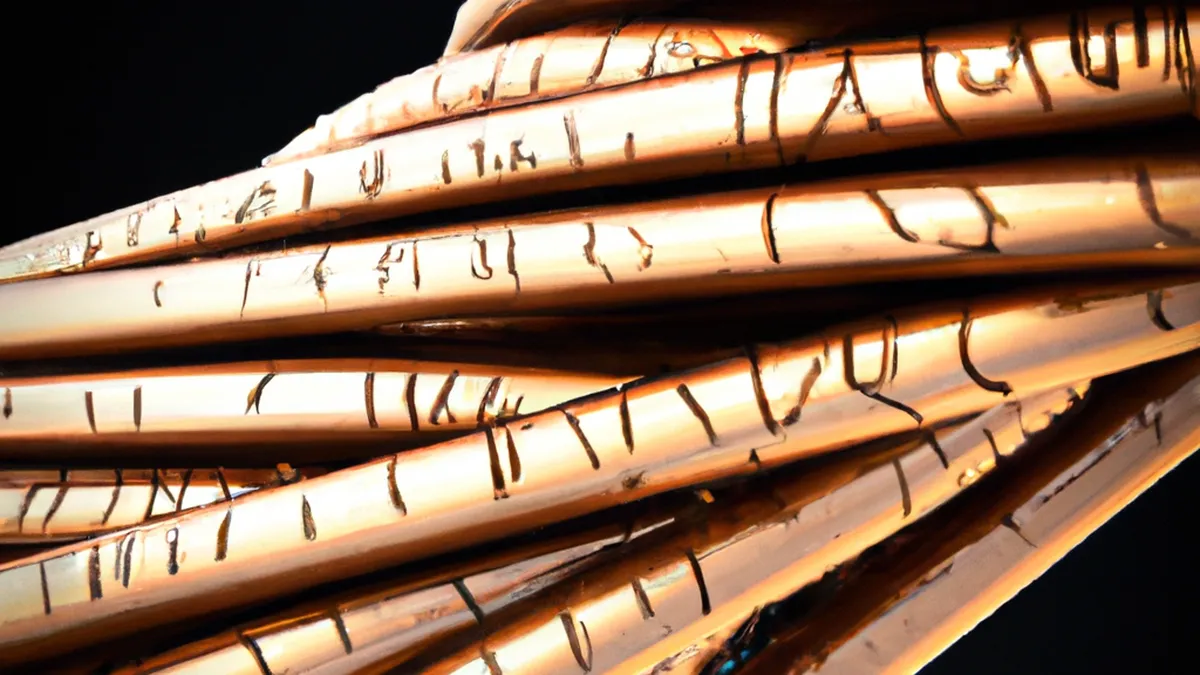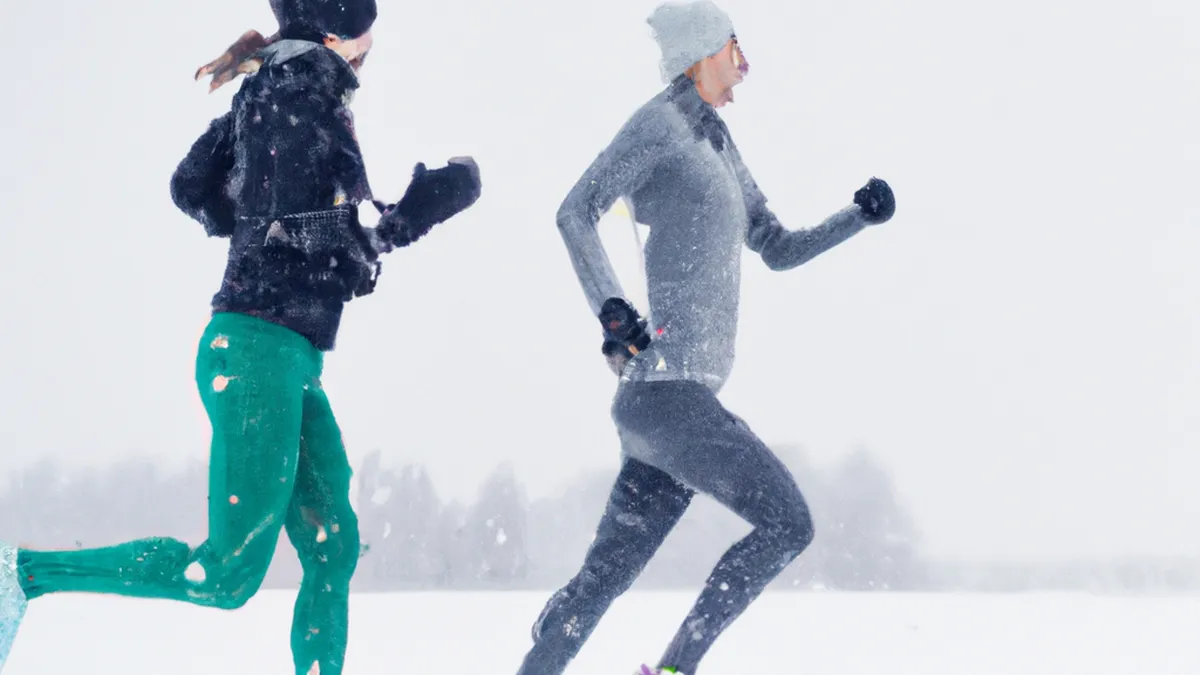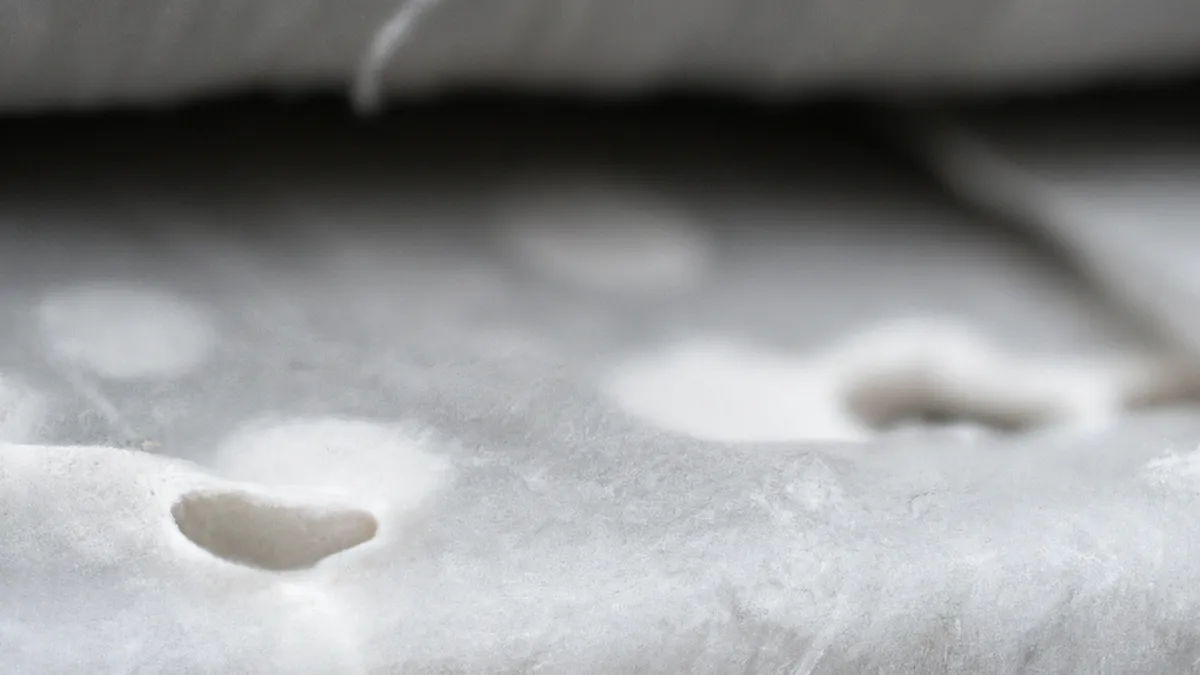Simplifying Your Puffer Jacket Decision Process
How to Choose the Right Puffer Jacket for Your Winter Layering System
Winter has arrived, and temperatures are dropping. A good puffer jacket plays a crucial role in your winter layering system. It provides warmth, comfort, and style. With so many options, choosing the right one can feel overwhelming. This guide helps you consider essential features when selecting the perfect puffer jacket for winter.
Understand Insulation Types
Begin by understanding the different insulation types available. You mainly find down and synthetic insulation, each with unique characteristics.
Down Insulation
Down insulation comes from the soft undercoating of ducks or geese. It offers a lightweight nature and excellent warmth-to-weight ratio. Many outdoor enthusiasts favor down jackets. They compress easily for convenient storage. However, down loses insulation when wet. If you experience frequent rain or snow, a traditional down jacket may not suit you.
Many brands now provide water-resistant down jackets. These jackets have a durable water-repellent (DWR) coating that keeps moisture out. They combine warmth with some protection against wet conditions.
Synthetic Insulation
Synthetic insulation, usually made from polyester fibers, has several advantages. It retains warmth even when wet, making it ideal for unpredictable weather. Additionally, synthetic jackets dry faster than down jackets, which is beneficial in rain or snow.
Synthetic jackets tend to be more affordable than down options. This accessibility suits a wider range of budgets. If you want versatility and a jacket for varying conditions, choose a synthetic puffer jacket.
Consider the Jacket’s Fit
Fit significantly affects your layering system’s effectiveness. A well-fitting puffer jacket traps warmth without restricting movement, allowing comfort.
Slim Fit vs. Regular Fit
Slim-fit jackets hug the body closely. This fit reduces bulk and increases thermal efficiency. They work well for layering under heavier coats or for activities requiring mobility, like hiking or skiing. If you prefer a relaxed style or plan to wear thicker layers, a regular-fit jacket may suit you better.
Length Matters
The length of your puffer jacket impacts warmth and mobility. Shorter jackets provide greater freedom of movement, making them suitable for active use. However, they may leave your lower back exposed in colder temperatures. Longer jackets offer more coverage and warmth but can restrict movement.
Conclusion
Choose a puffer jacket that fits well, suits your needs, and keeps you warm during winter. Consider insulation type, fit, and length for optimal comfort.
Below are related products based on this post:
FAQ
What are the main insulation types found in puffer jackets?
The two main insulation types in puffer jackets are down and synthetic insulation. Down insulation is lightweight and offers excellent warmth but loses its insulating properties when wet. Synthetic insulation, made from polyester fibers, retains warmth even when wet and dries faster, making it a suitable choice for unpredictable weather conditions.
How does the fit of a puffer jacket affect its performance?
The fit of a puffer jacket is crucial for its effectiveness in a layering system. A well-fitting jacket traps warmth without restricting movement, allowing for comfort. Slim-fit jackets provide thermal efficiency and are great for active use, while regular-fit jackets offer a more relaxed style and can accommodate thicker layers.
What should I consider regarding the length of a puffer jacket?
The length of a puffer jacket impacts both warmth and mobility. Shorter jackets allow greater freedom of movement, making them ideal for activities. However, they may leave the lower back exposed in colder weather. Longer jackets provide more coverage and warmth but can restrict movement, so consider your activities and warmth needs when choosing the length.















Post Comment